Table of Contents
● Introduction
● Market overview
● Key design and material innovations
● Top sellers driving market trends
● Conclusion
Introduction
The cocktail glasses market is witnessing a surge in innovation, driven by evolving consumer preferences for both aesthetic appeal and practicality. Retailers are increasingly focusing on glassware that enhances the drinking experience through advanced materials like double-walled designs and eco-friendly options. These innovations are not only boosting functionality but also aligning with trends in luxury and sustainability. As demand for high-quality, stylish glassware grows, businesses are turning to brands that offer both classic designs and modern adaptations. This shift is positioning the cocktail glass market for significant growth in the years ahead.
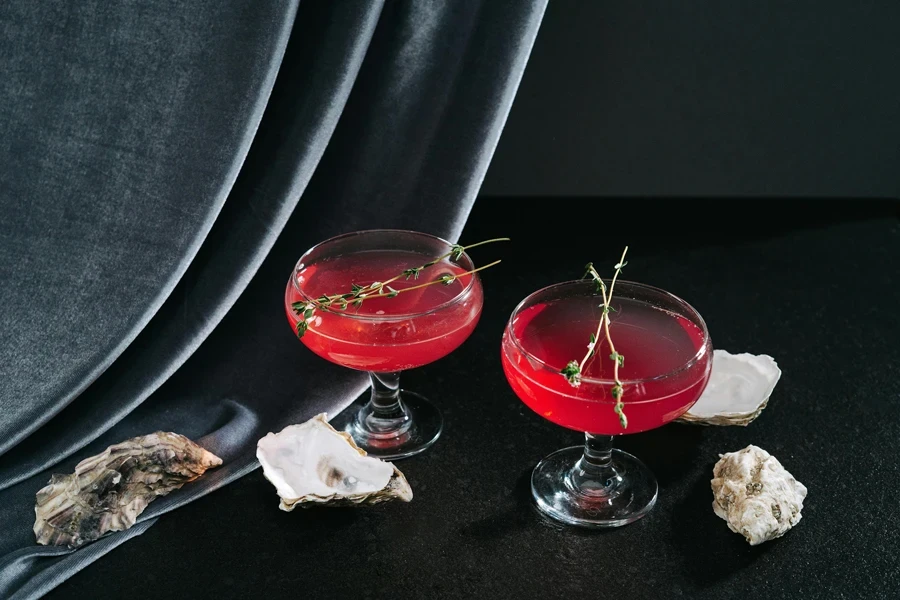
Market overview
The global cocktail glasses market is experiencing significant growth, with projections showing it will reach USD 1.8 billion by 2033, expanding at a CAGR of 5.5%, according to DataHorizonResearch. North America and Europe currently dominate, accounting for the largest market shares due to their well-established cocktail cultures and expansive hospitality sectors. In contrast, the Asia-Pacific region is set to grow at the fastest pace, with an increase in disposable incomes, urbanization, and adoption of Western drinking habits driving this expansion. Key product segments include coupe glasses, martini glasses, and rocks glasses, with glass remaining the most popular material. However, premium materials like crystal are also seeing rising demand, particularly in high-end markets, according to DataHorizonResearch.
Several factors are fueling this growth. The rise in cocktail culture and home mixology, along with the premiumization of spirits, has led consumers to invest more in high-quality glassware. For instance, the demand for premium materials such as crystal has seen a significant uptick, with some segments growing by over 10% annually, according to DataHorizonResearch. Online sales channels now account for approximately 30% of global cocktail glass sales, as reported by Smokey Cocktail. Additionally, the influence of social media is driving the market, with platforms like Instagram boosting the demand for visually appealing designs. This trend has led to a 15% rise in sales of specialty cocktail glasses designed for their aesthetic appeal, also according to Smokey Cocktail.
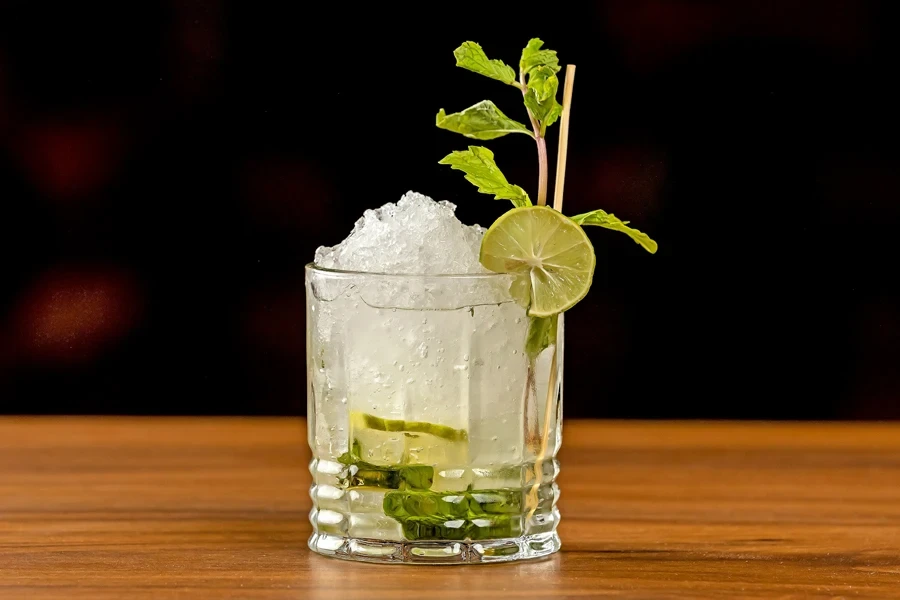
Key design and material innovations
The cocktail glass industry has seen significant innovation in both design and materials, driven by consumer demand for sustainability and functionality. One of the most notable trends is the rise of hand-blown glass and eco-friendly materials like lead-free crystal, which are increasingly being favored for their aesthetic appeal and environmental benefits. These materials not only enhance the visual quality of the glass but also cater to the growing preference for sustainable products. According to Smokey Cocktail, premium glassware collections featuring these eco-friendly materials are becoming a staple in both high-end hospitality venues and home bars.
Double-walled glass designs have also emerged as a key innovation, offering superior temperature control and preventing condensation. These glasses ensure that drinks remain at the ideal serving temperature without creating moisture on the exterior, making them both practical and elegant. This feature is particularly popular in warmer climates or for cocktails that require precise temperature control, as noted by Bon Appétit. Furthermore, the durability and functionality of double-walled glasses make them an increasingly popular choice in both commercial and residential settings.
Classic glassware designs like martini, coupe, and Nick & Nora glasses are seeing a resurgence in the market. These timeless designs are being embraced by both traditionalists and modern consumers looking to bring a sense of nostalgia and sophistication to their drinking experience. According to Smokey Cocktail, the coupe glass, in particular, has regained popularity due to its versatility and aesthetic appeal in various cocktail presentations. Modern updates to these designs often include ergonomic features and spill-proof enhancements, making them more user-friendly without sacrificing style.
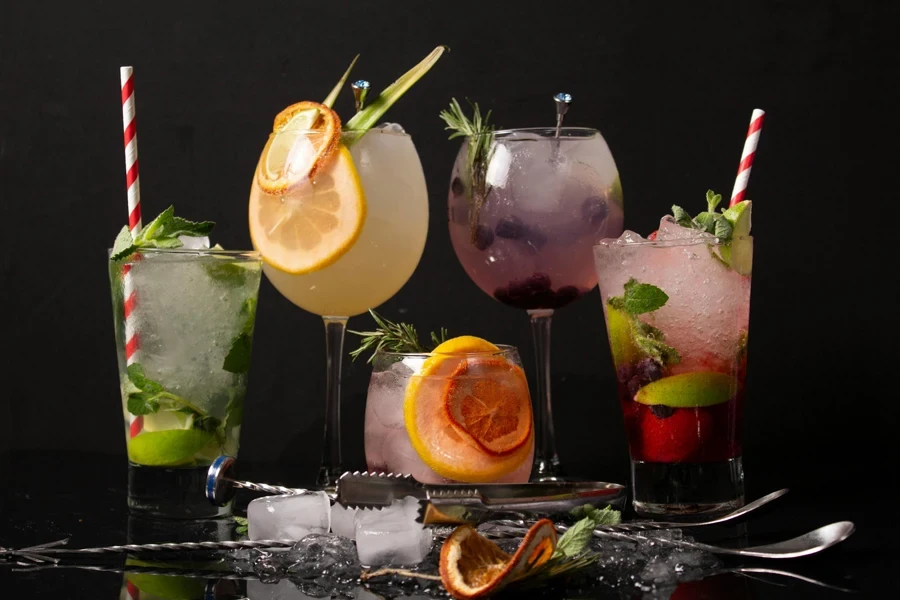
Material advancements such as borosilicate glass and recycled materials are also making an impact on the cocktail glass industry. Borosilicate glass, known for its high durability and resistance to thermal shock, is becoming a go-to material for premium glassware. Recycled glass materials are another growing trend, offering sustainable solutions without compromising on quality or design. These innovations contribute to the broader sustainability movement in the industry, addressing consumer concerns about environmental impact while maintaining high-quality craftsmanship.
The design of cocktail glasses also directly affects the drinking experience, influencing how a drink’s flavor, aroma, and presentation are perceived. The shape of a glass can enhance a drink’s aroma by guiding the scent to the nose, while certain bowl designs help aerate the beverage, intensifying its flavors. The wide variety of glass shapes, from wide-brimmed martini glasses to narrow coupe glasses, caters to different cocktails and enhances the overall sensory experience, according to Bon Appétit. This combination of form and function continues to drive innovation in the cocktail glass market.
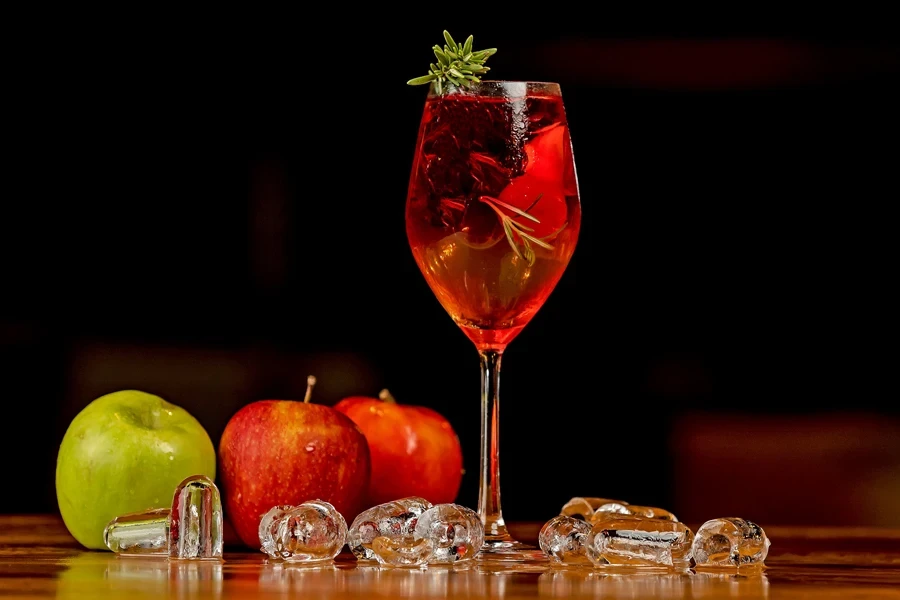
Top sellers driving market trends
Leading brands in the cocktail glass industry are shaping market trends with a focus on both premium quality and design. High-end brands like Riedel and Libbey continue to dominate the market with their well-established reputations for crafting elegant and functional glassware. Riedel is known for its expertise in glass design that enhances the drinking experience, particularly in premium cocktail settings. Libbey, meanwhile, is recognized for its versatility, offering a wide range of glass types suitable for both commercial and residential use. According to Smokey Cocktail, these brands are frequently at the forefront of innovation, creating collections that appeal to both professionals and home enthusiasts.
Niche artisan makers are also gaining traction, particularly as consumer preferences shift toward handcrafted and unique glassware. These smaller producers often emphasize sustainability and craftsmanship, using materials like hand-blown glass and eco-friendly options. Their products cater to a growing segment of consumers looking for exclusive, high-quality glassware that reflects personal style. As noted by Bon Appétit, these artisan glasses not only serve a functional purpose but also enhance the aesthetic presentation of cocktails, making them particularly appealing for upscale venues and home collectors alike.
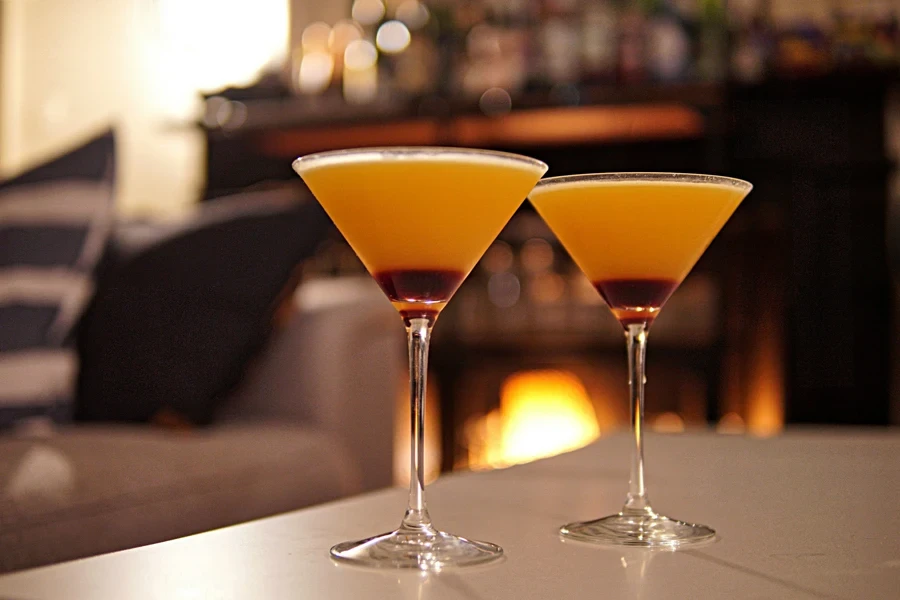
E-commerce platforms play a pivotal role in shaping consumer choices, with retailers like Crate & Barrel and curated picks from Bon Appétit influencing purchasing decisions. The convenience of online shopping, coupled with detailed product descriptions and consumer reviews, allows shoppers to easily compare brands and styles. According to Smokey Cocktail, e-commerce sales now account for a substantial portion of the market, particularly as consumers seek out specific products such as designer coupe glasses or stemless martini glasses. These platforms also allow smaller, niche brands to reach a broader audience, further diversifying the market.
Certain product types are driving market trends, with stemless martini glasses, highball tumblers, and coupe glasses leading sales. According to Smokey Cocktail, these products stand out for their versatility and modern appeal. High-end products like Swarovski cocktail glasses are also gaining popularity for their luxury status, offering consumers a premium option for special occasions or gifting. Designer collections, such as those featuring intricate patterns or handcrafted details, continue to attract buyers seeking something unique and photogenic, enhancing the cocktail experience in both commercial and home settings.
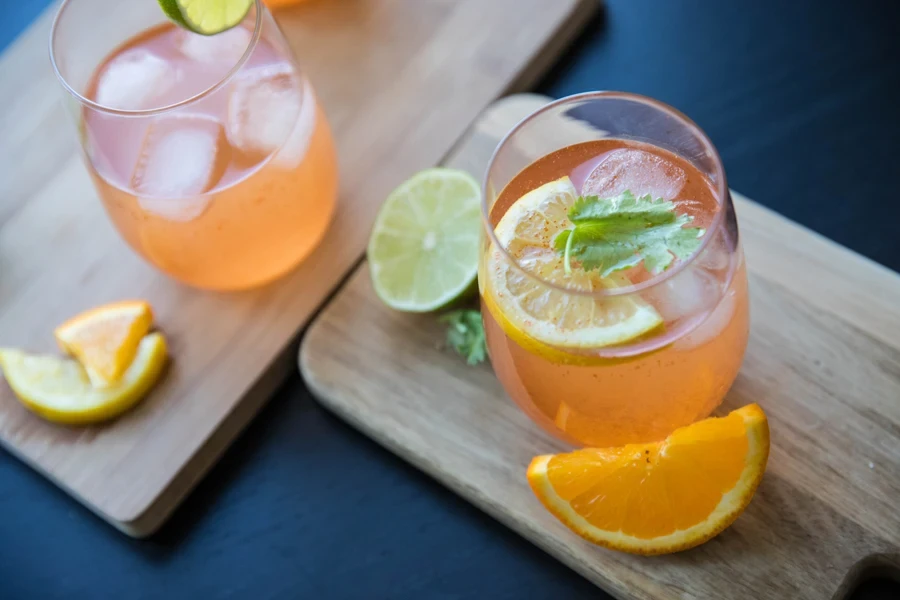
Conclusion
The cocktail glass market is undergoing rapid transformation, with innovative designs and materials leading the way. Retailers have the opportunity to capture growing consumer interest by offering products that combine both style and functionality. As trends in sustainability, luxury, and unique craftsmanship continue to shape the market, businesses that adapt to these demands will be well-positioned to thrive in this evolving landscape.




